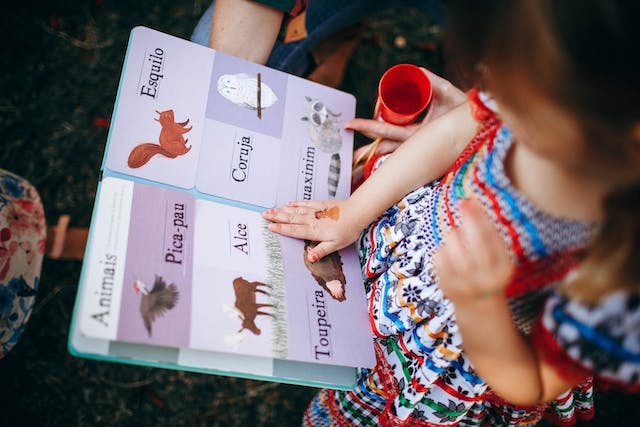
A woman from Indiana came forward and claimed that she was Brittany Renee Williams, the missing girl over two decades ago. Kaylnn Stevenson presented proof that she indeed was the missing girl many thought was dead, but there were still things that were not clear to her.
What Happened To Brittany Renee Williams?
Williams was only seven years old when she disappeared in 2000. She was residing with Kim Parker, an independent foster parent, where Williams was receiving AIDS treatment before her disappearance. Police searched after her, but they were unable to find her. Williams' lack of AIDS medicine led officials to believe she had passed away.
Williams spent her early years in an autonomous foster home called Rainbow Kids, which housed up to 50 kids with serious medical conditions or developmental problems.
Concerned about the kids left in Parker's care were the authorities. Rainbow Kids received numerous complaints expressing "concern of potential neglect, the concern of potential maltreatment of some of the children," according to Lt. Kevin Howdyshell, a Henrico, Virginia, cold-case detective.
Parker told the authorities that she sent Williams to live with two women in California, but authorities refuted her claim. Parker was detained and charged with 73 fraud charges after it was said that he stole $24,000 in government funds meant for Williams. She accepted a plea agreement that came with a 10-year prison term.
Brittany Renee Williams has been found❤️❤️
— Catch my sister’s killer(s) (@SolveHerMurder) September 30, 2021
She was missing since August 18, 2000https://t.co/NGjYKHyfM8 pic.twitter.com/h7mtiIvwBP
ALSO READ: Why Haven't We Developed an HIV Vaccine? Exploring Challenges in Tackling the Elusive Virus
Indiana Woman Presents DNA Evidence She Was The Missing Girl
Kaylynn Stevenson, of Fort Wayne, Indiana, said she had evidence to prove she was Williams. Stevenson did a DNA test with Anastasia McElroy, the first daughter of Brittany's mother, Rose Marie Thompson. The results showed they had a 95.83% probability of being half-sisters, suggesting that she was the missing girl.
According to Stevenson, she couldn't remember the details about her past, including her stay at the Rainbow Kids. All she could remember was that her last name was Williams.
She remembered searching for missing children with that name, and her life was revealed through the detailed reports about Williams' disappearance. She saw Williams' photo and saw herself in it.
Stevenson remembered waking her wife from sleep and telling the latter that the girl in the photo was her.
Ladajah Kelly, Stevenson's wife, instantly saw the resemblance -- from their hairline to their ears, chin, and smiles. Kelly noted that Stevenson and Williams also have the same mole on their necks. She was also convinced that the missing girl over 20 years ago was indeed Stevenson.
However, there are still some things that are unclear. Stevenson, Her birthdate on Stevenson's birth certificate doesn't match Williams, and as far as she remembers, she hasn't been diagnosed with HIV or AIDS. Despite the confusion, she believed that the DNA results sealed the deal.
"Blood does not lie and a DNA test does not lie at all," she said.
Meanwhile, research shows that people who start HIV treatment early can live as long as those who haven't contracted the virus. However, people with HIV may likely have certain health challenges because the drug used to treat it keeps the immune system in a state of high activity all the time, which can lead to inflammation.
RELATED ARTICLE : HIV Prevention: Researchers Suggest Identifying Antibodies and Human Genes as New Strategy for Making Effective Vaccine Against the Disease
Check out more news and information on HIV in Science Times.










